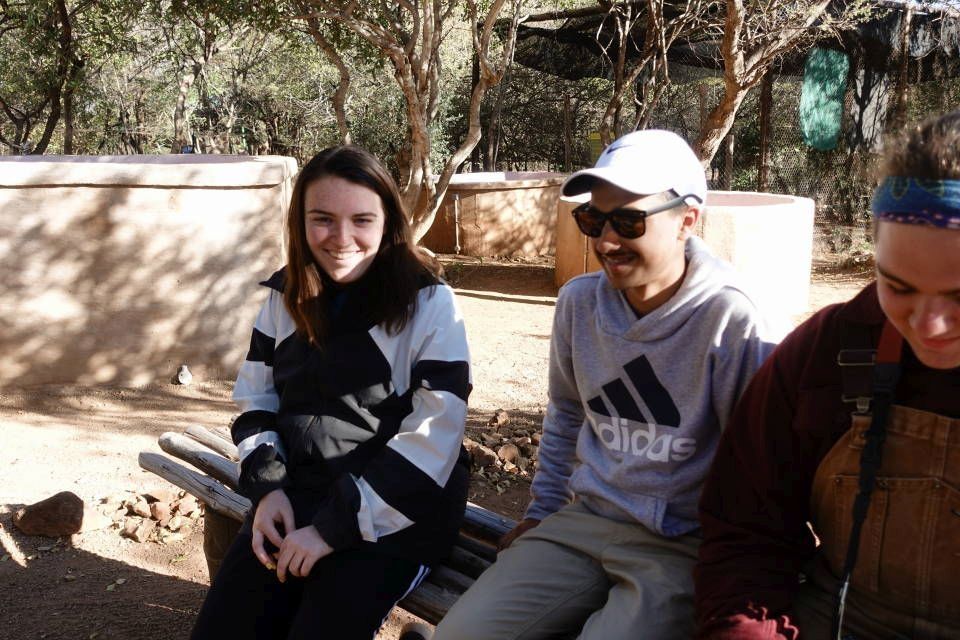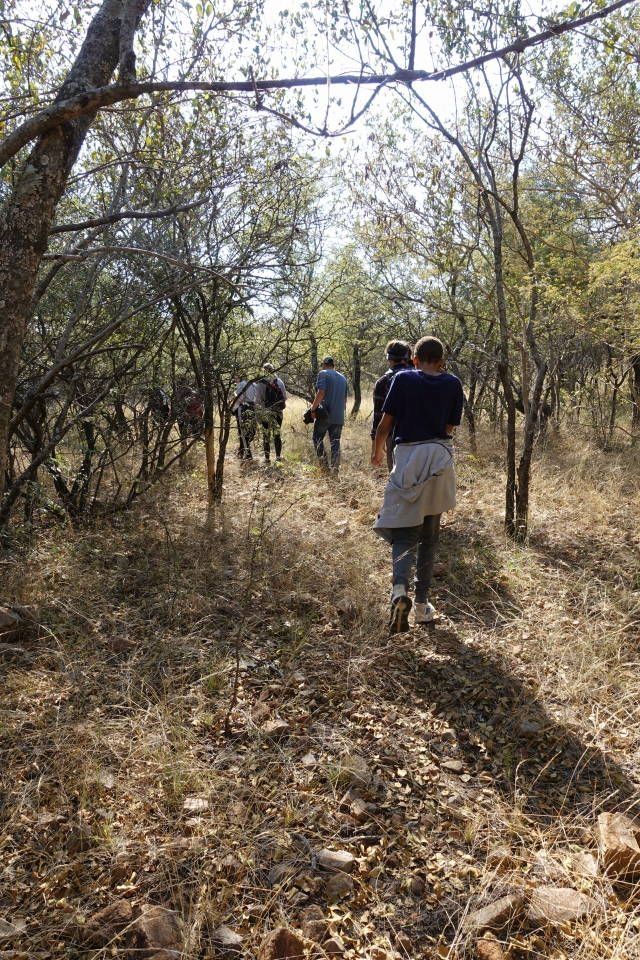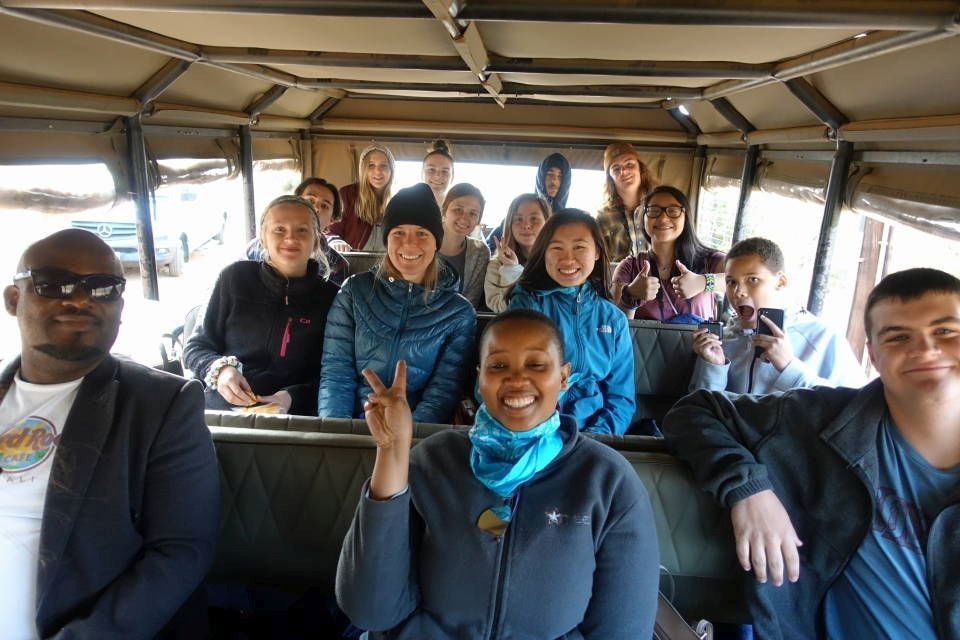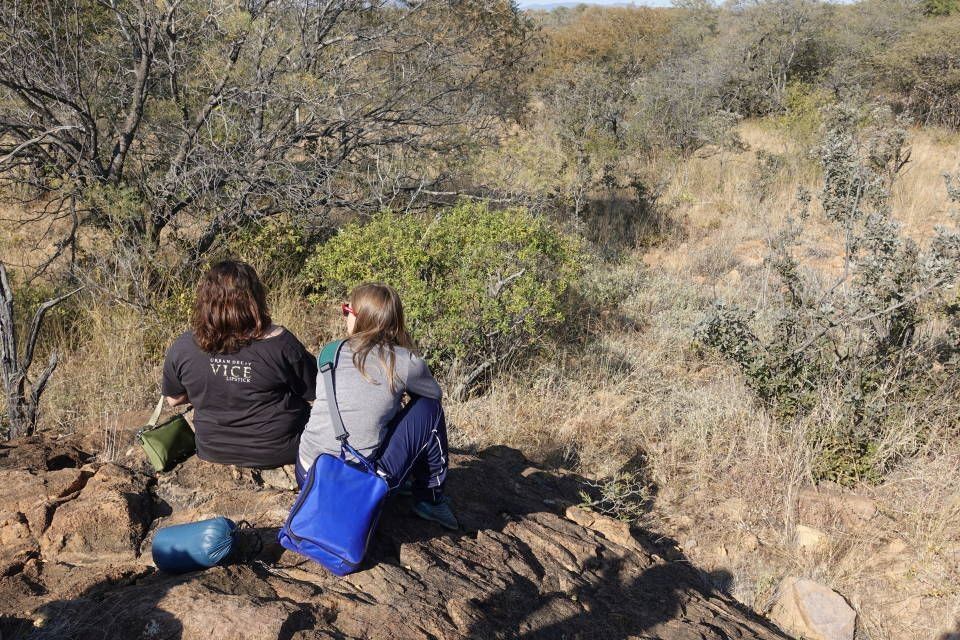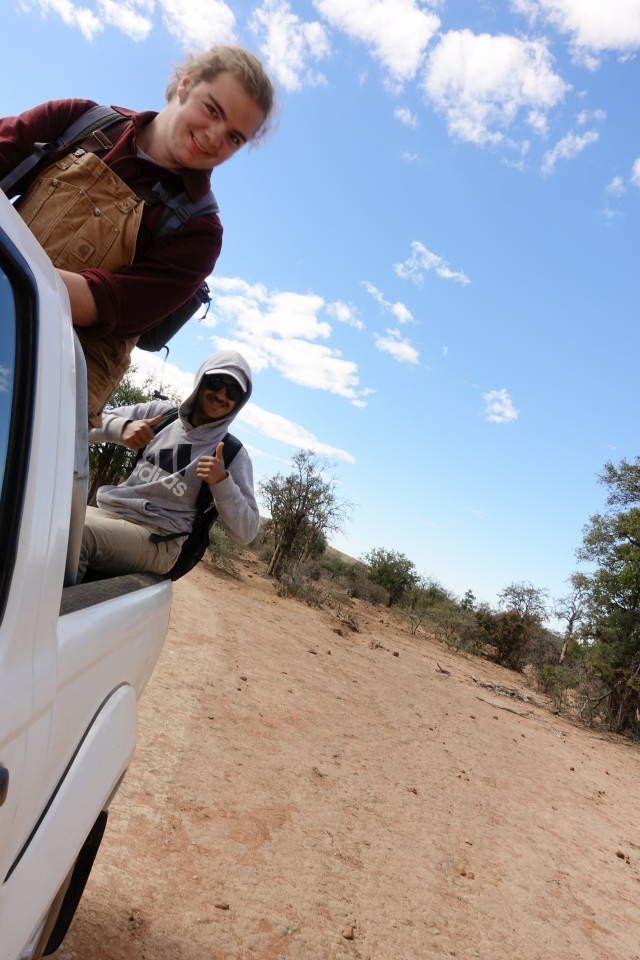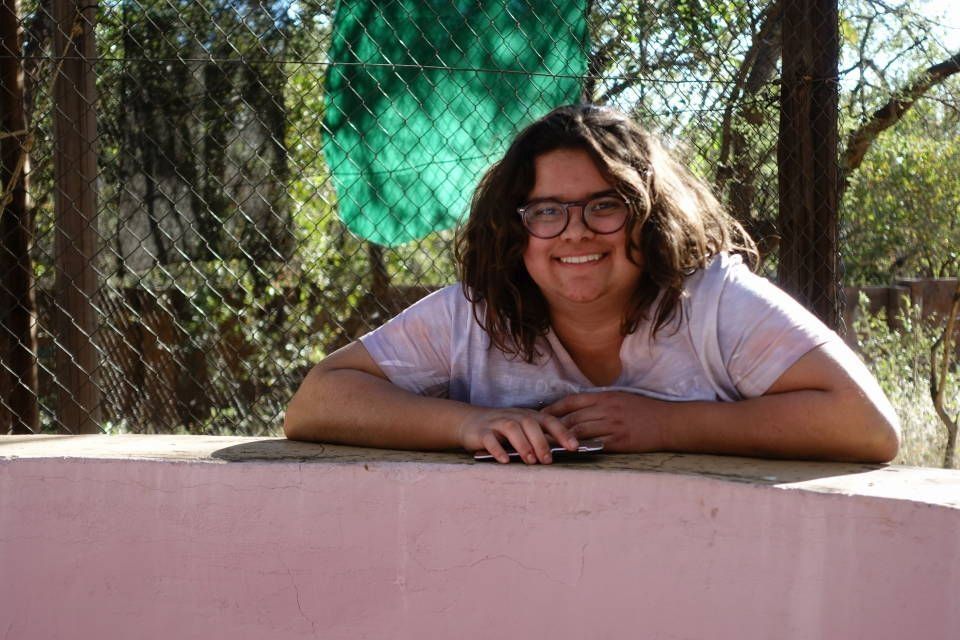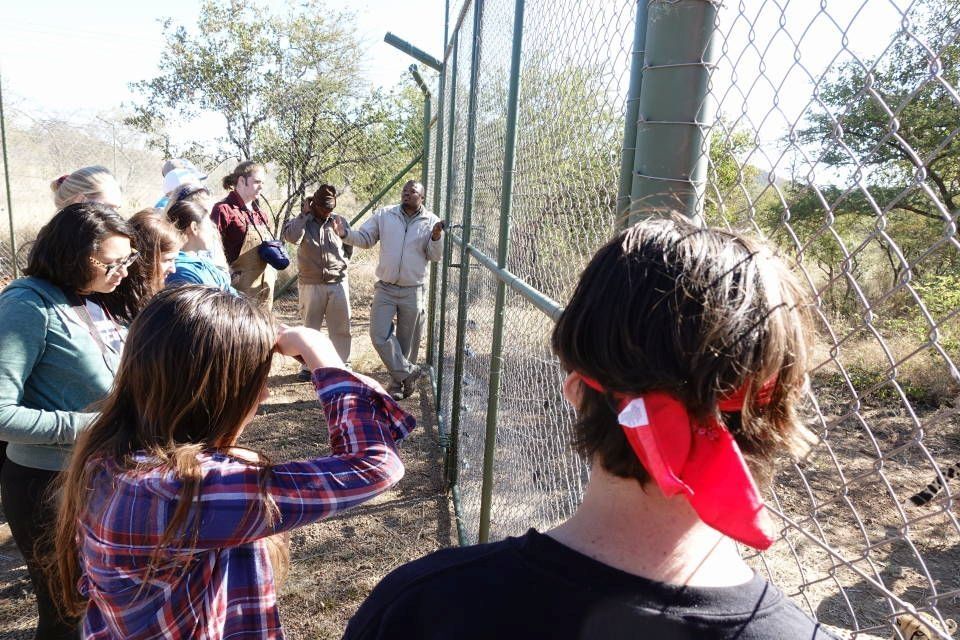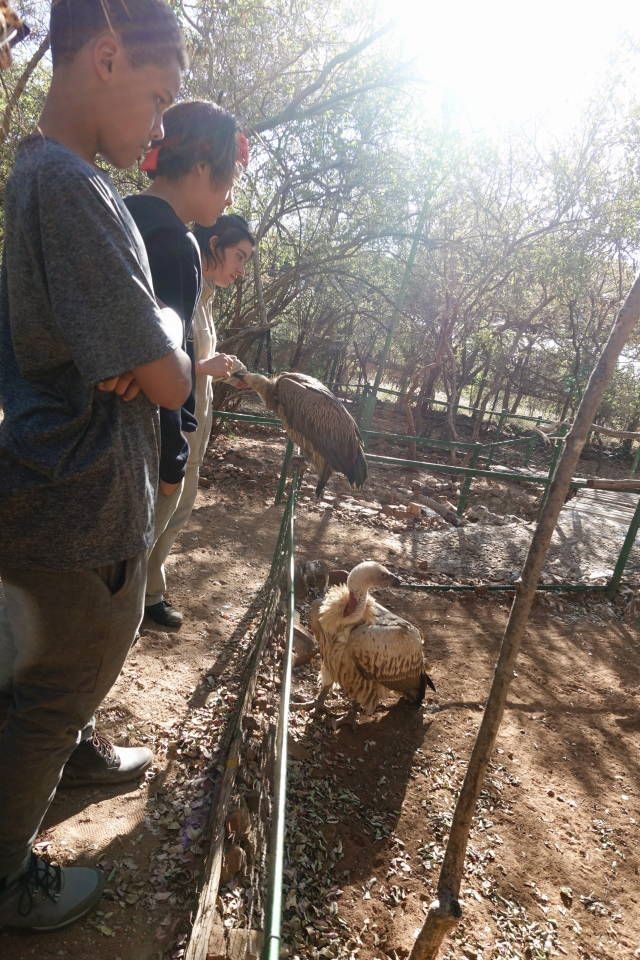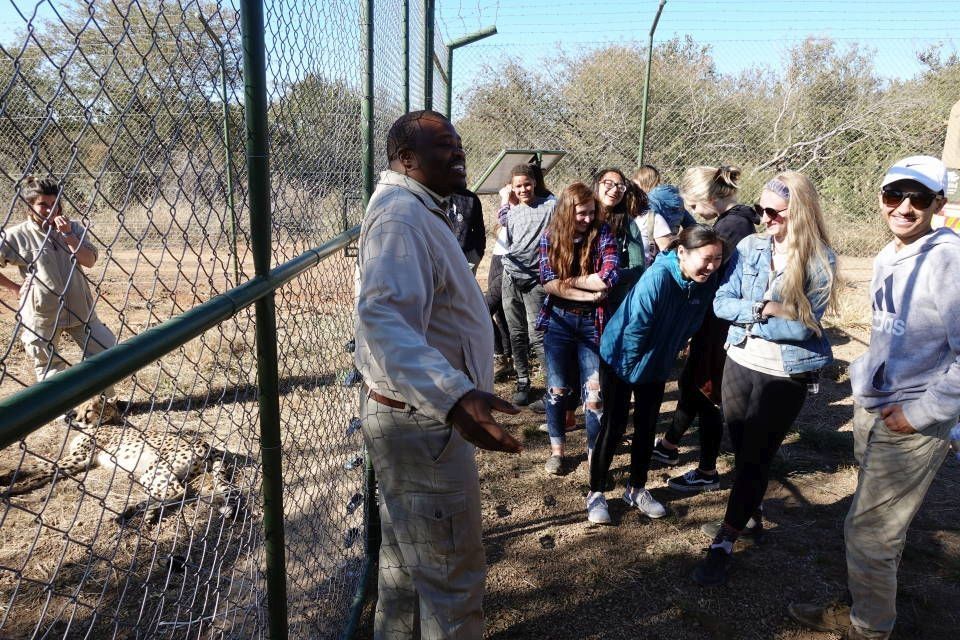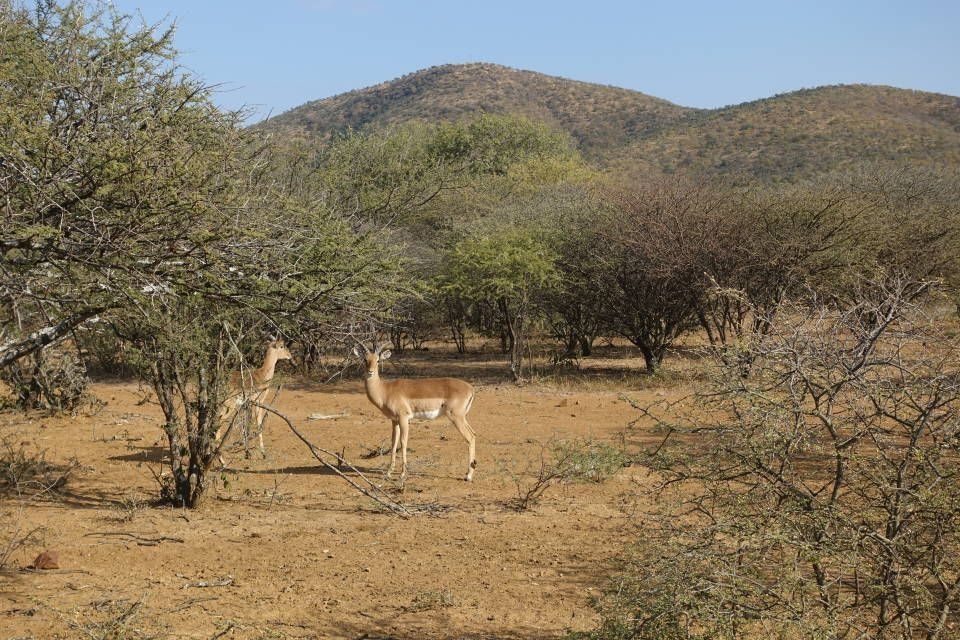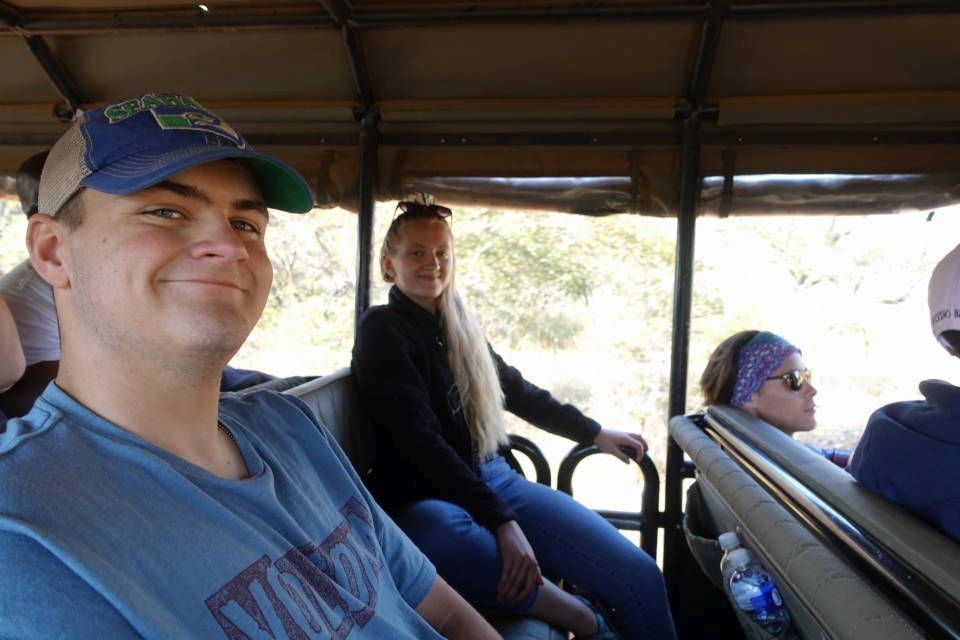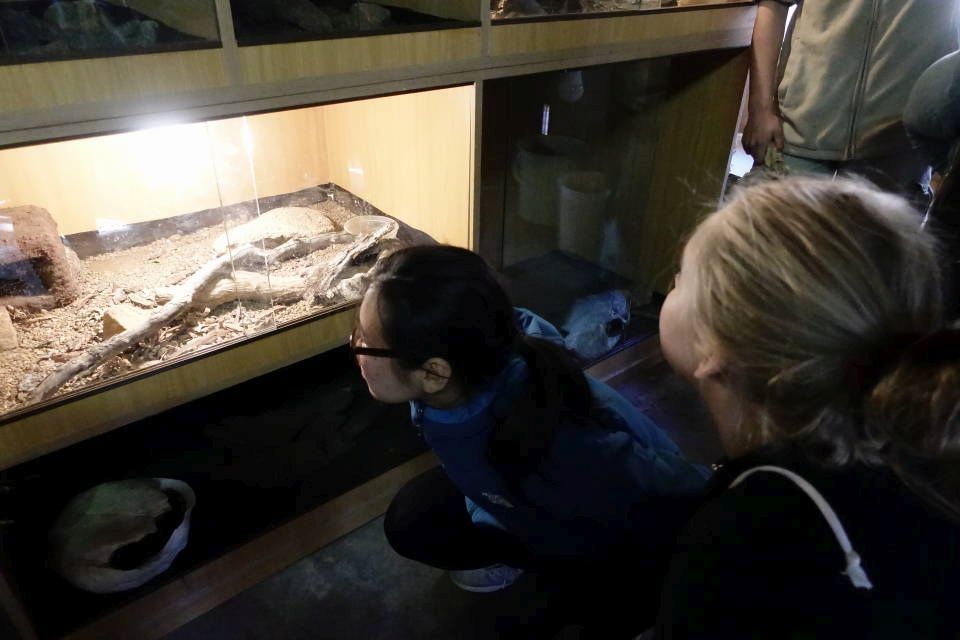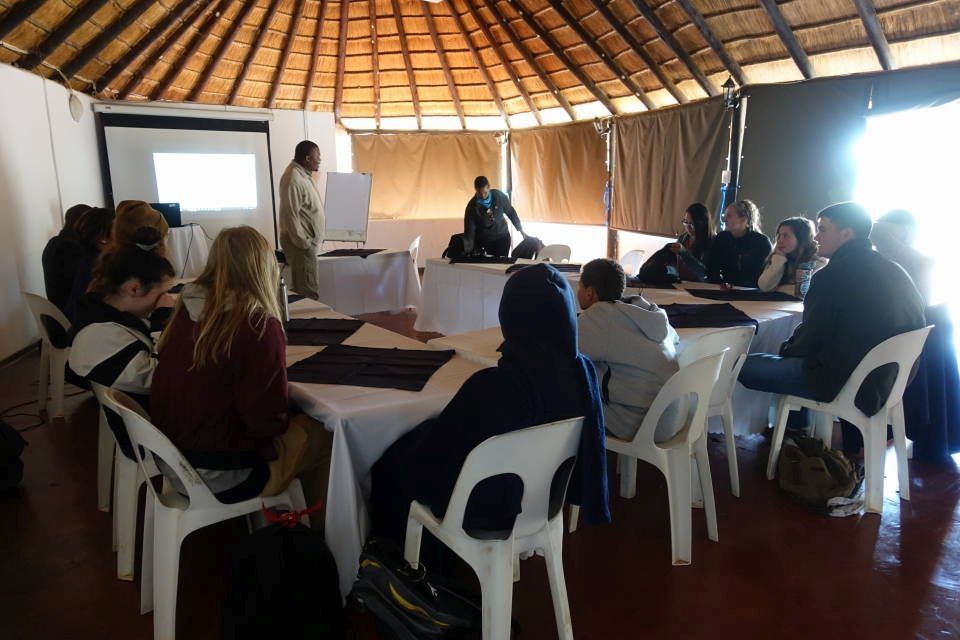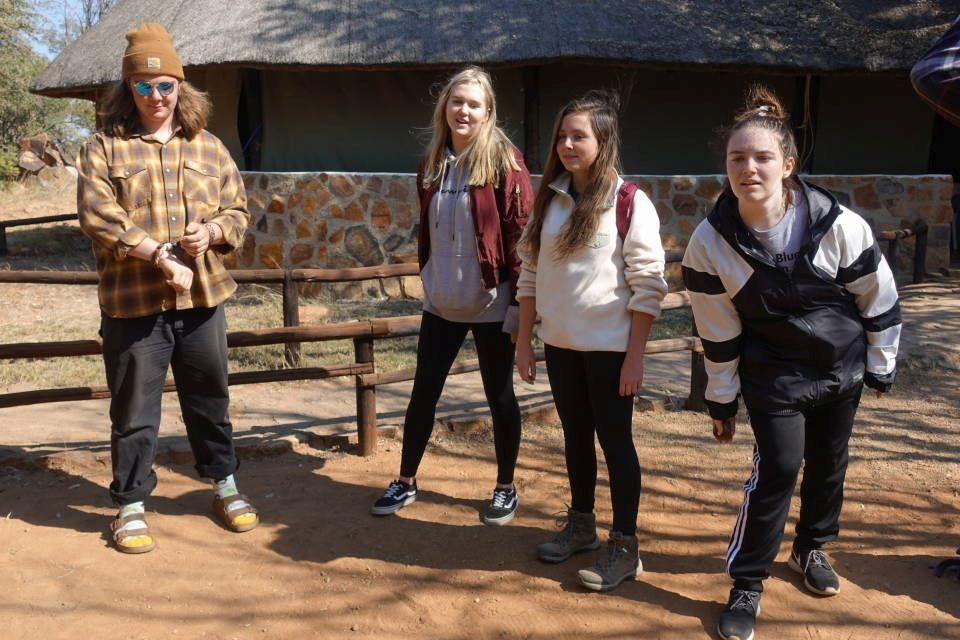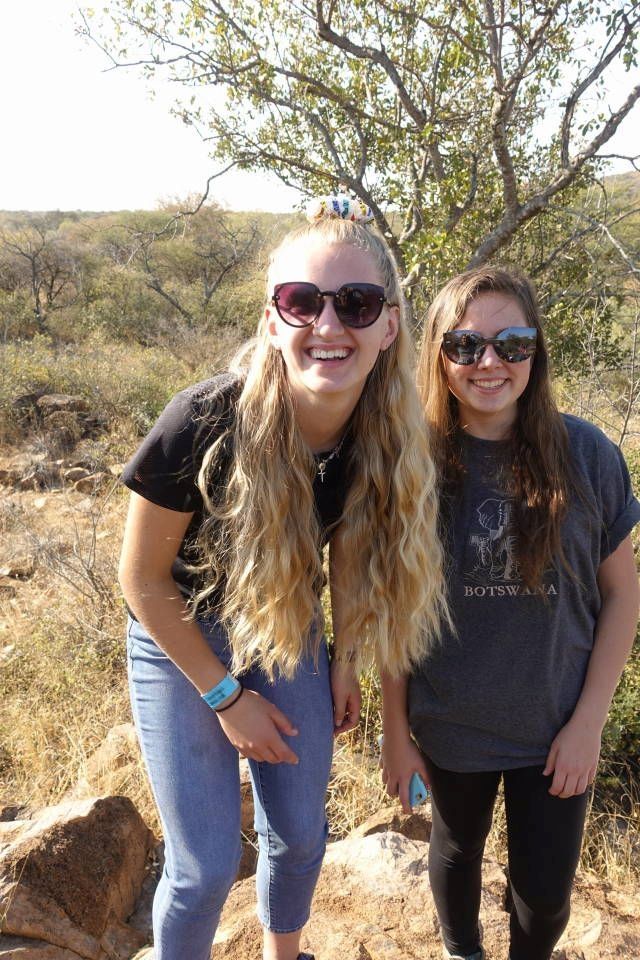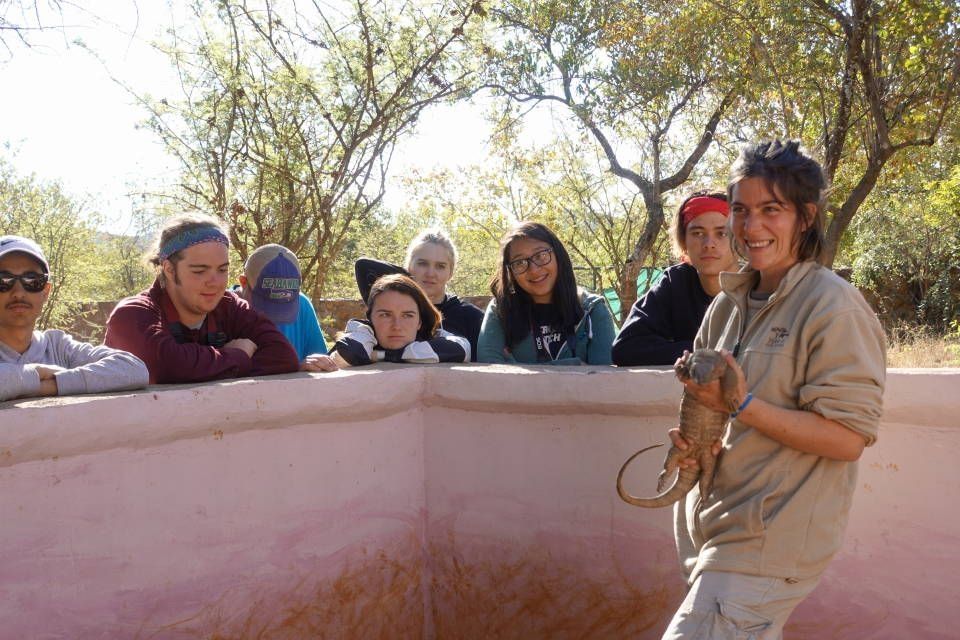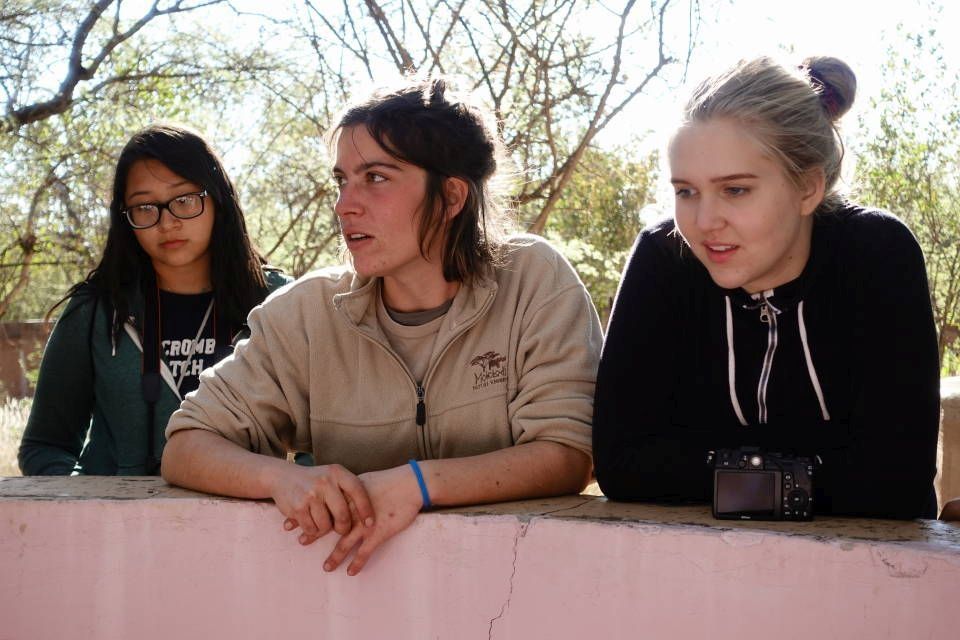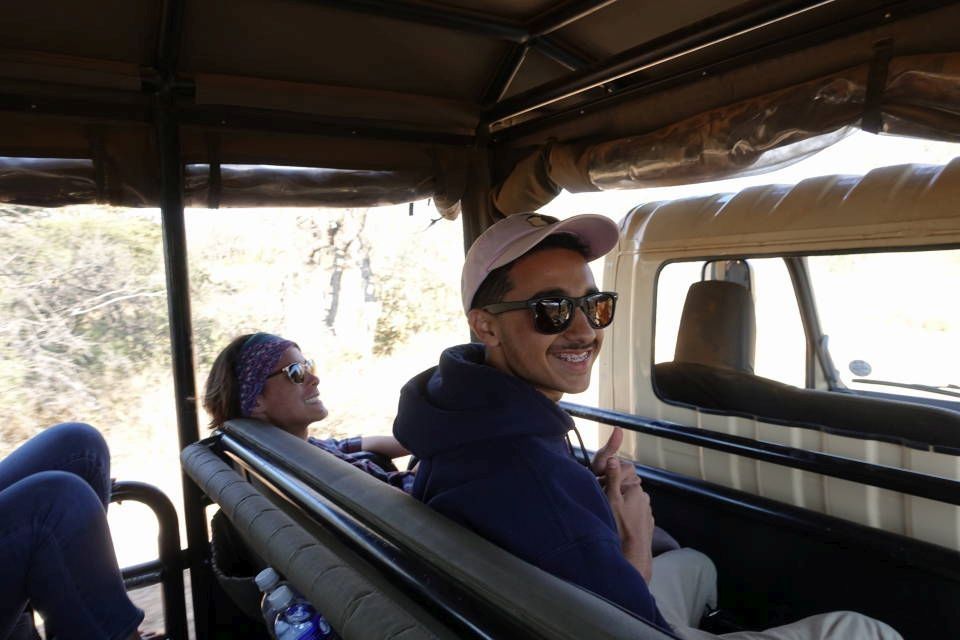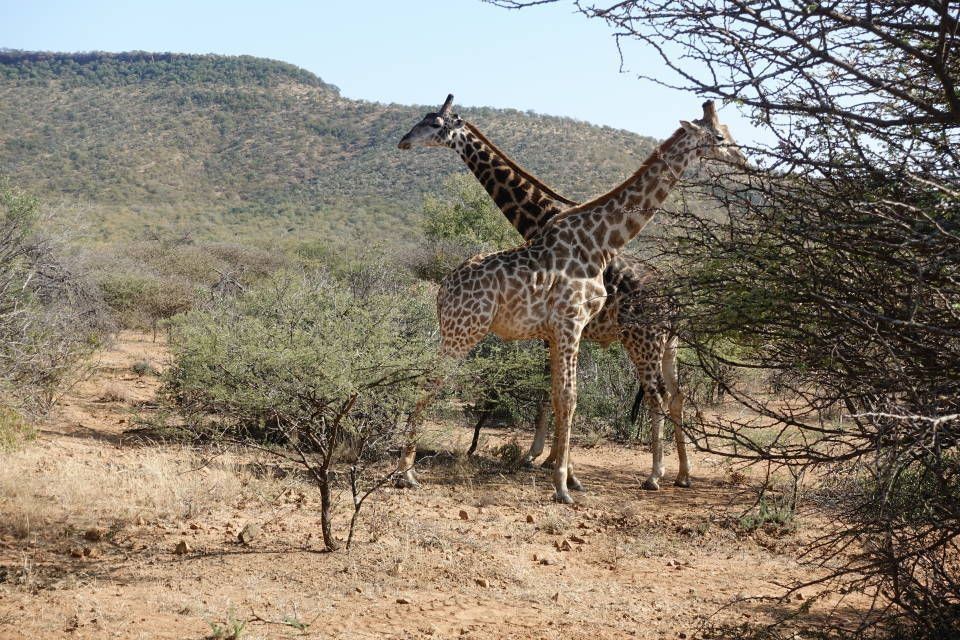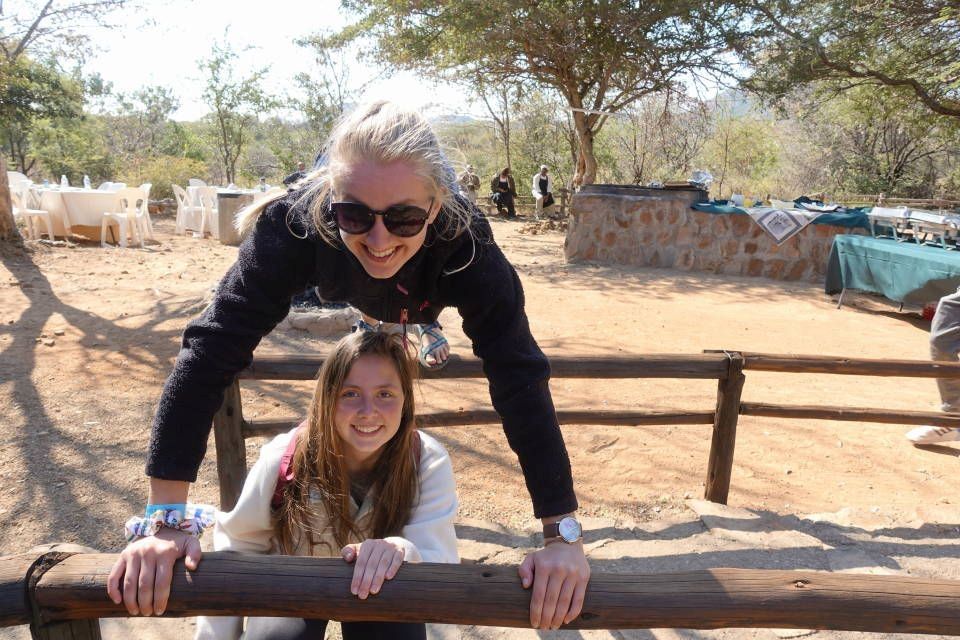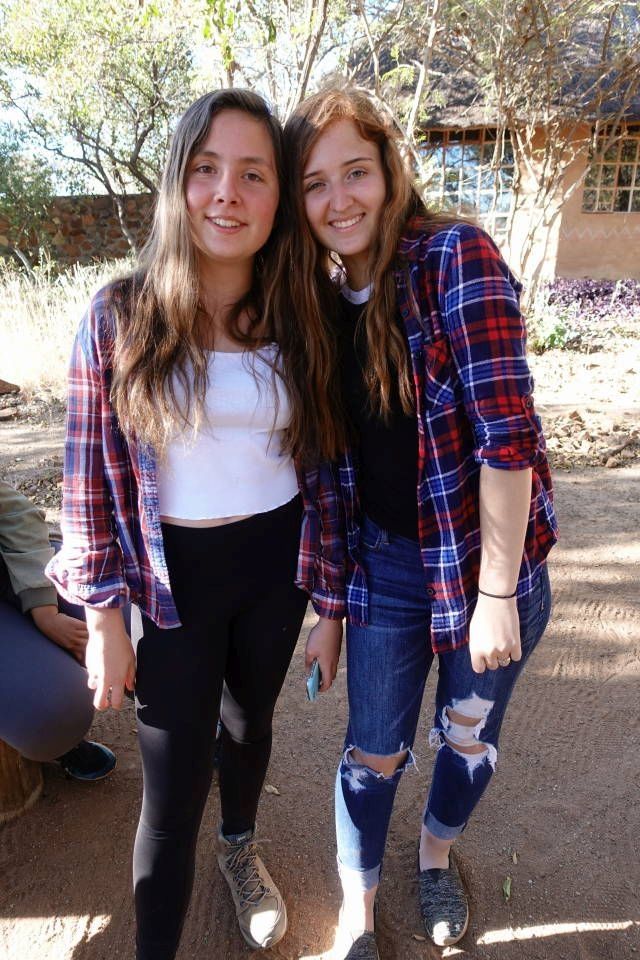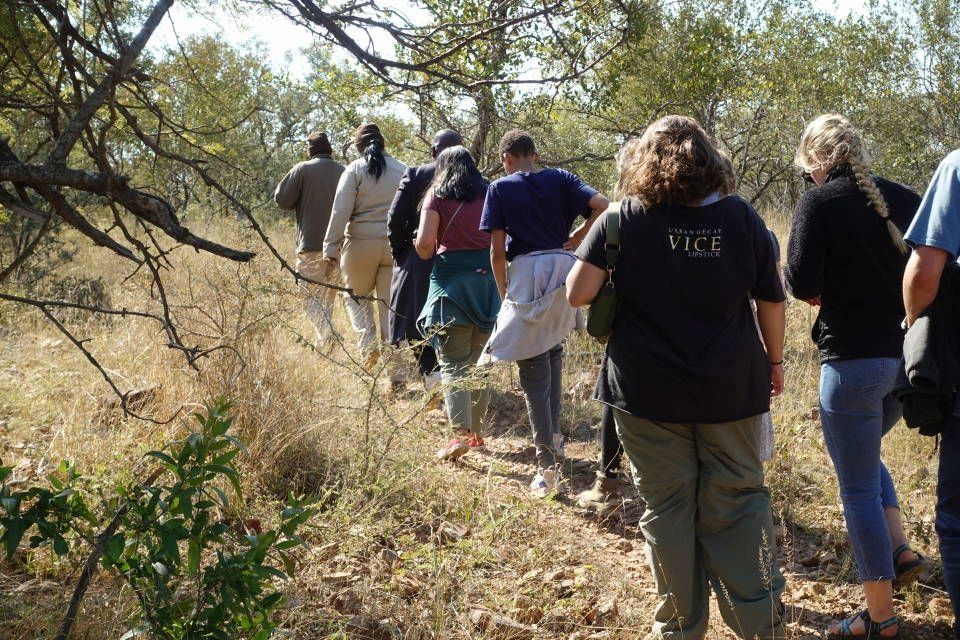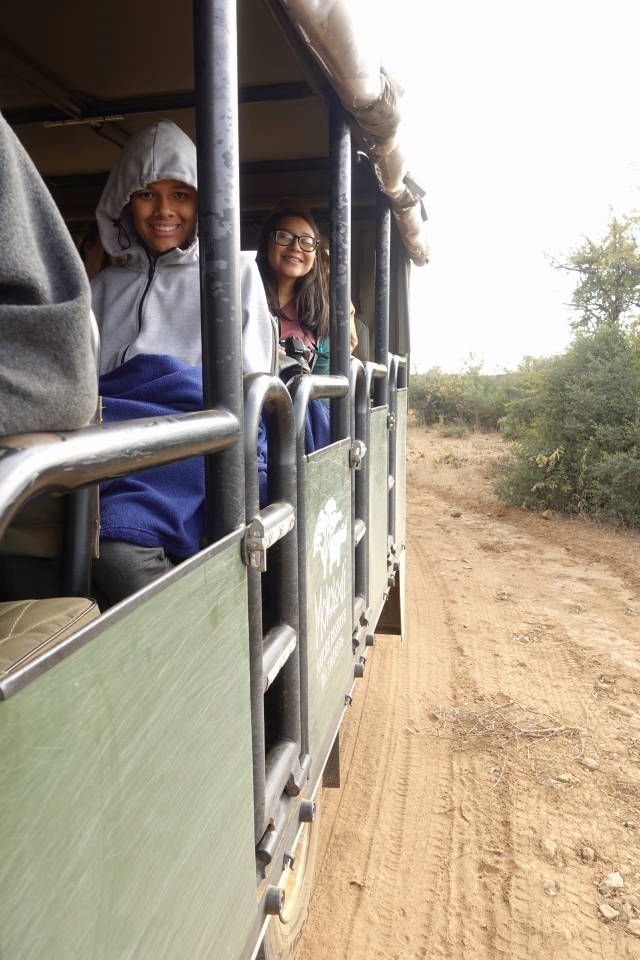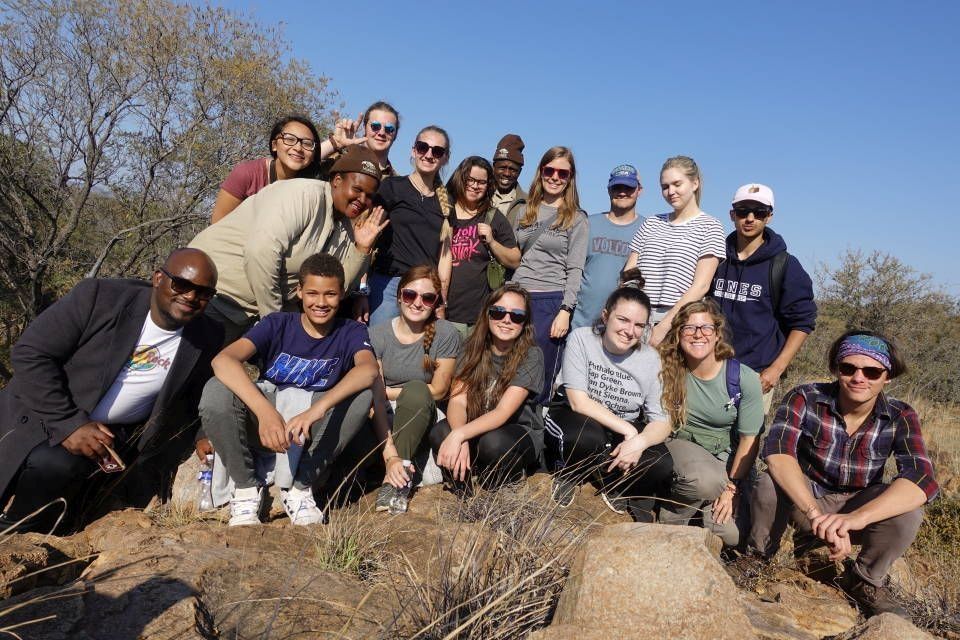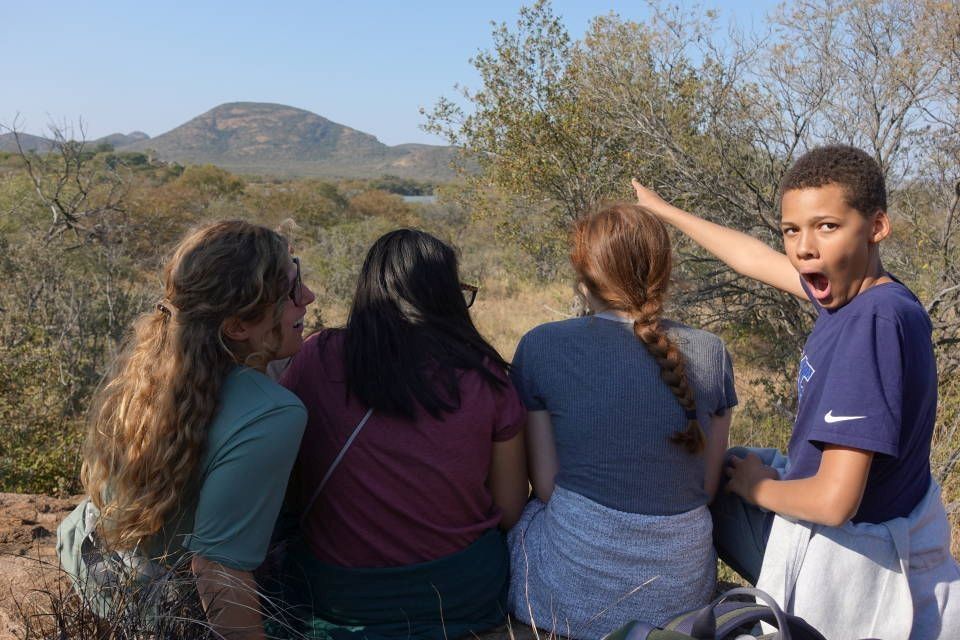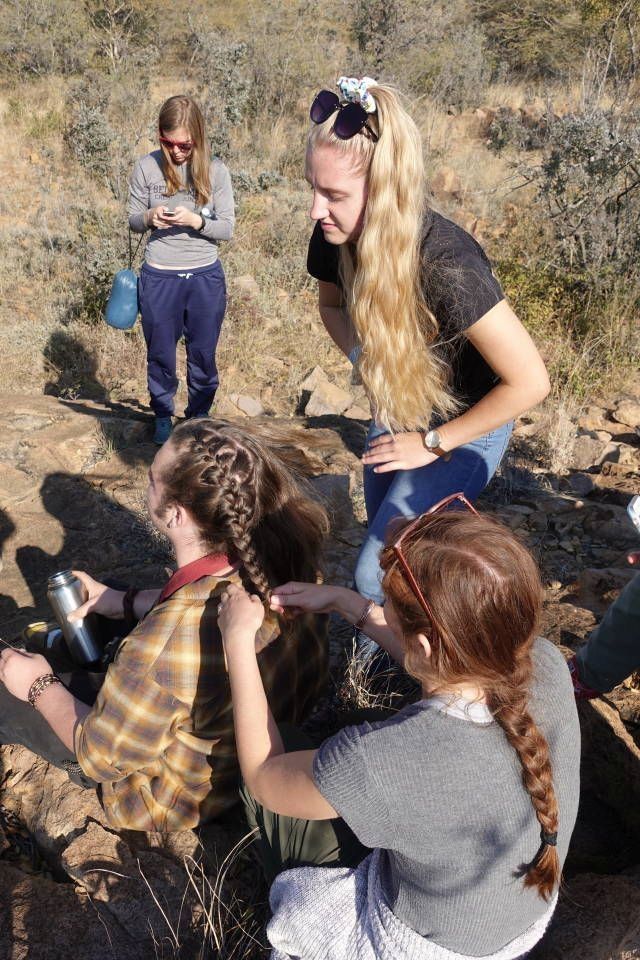Impalas, Giraffes, & Cheetahs...Oh My
Yesterday and today we spent our days out in the bush of the Mokolodi Nature Reserve. We went on a safari to see what kind of animals we could track down and learned about the local ecosystems. The head conservationist, Dennis, and our safari guide, Thabo, made sure that we had the time of our lives and learned about the conservation going on there.
History of the Mokolodi Nature Reserve
In 1981 there was a bad drought in Botswana and most of the farmers' cattle in the area starved because there was not enough vegetation. The local man that owned the land, where the Mokolodi Reserve now sits, decided he wanted to do something more meaningful with the land after the drought. His wife had a very beautiful garden and a kudu kept eating all the vegetables because there was no food around. The husband decided he was going to wait one evening and kill the kudu. When he did, it was a slow and painful death. After watching the kudu suffer he realized he could never kill another wild animal again. That night, he decided to turn his land into a reserve to preserve all of the African wildlife, so that the children of Botswana could come and see all of the creatures for years to come!
Our First Safari
It was a cold and windy morning, but the spirits were high. We arrived to Mokolodi reserve and there was a huge safari truck waiting to take up on an epic adventure. Everyone loaded up and we headed out into the bush. Nature is ever changing and unpredictable, so for the first hour we didn't see anything, but right when everyone was getting antsy we turned a corner and there was a huge kudu! As I looked around the safari truck everyone's face was in complete awe. All I could think was “Yes, this is why we are here; this is why we need to protect these amazing animals.”
Everyone had their eyes locked on the surrounding wilderness and no one was paying attention to the road in front of us. Next thing we new our guide was saying “Look! Look!”; we turn and there are two huge giraffes, right in front of us, on the dirt road. They were swinging their necks around and slamming them into each other. This is a process called “necking”, male giraffes do this when they are aggravated or fighting over territory. They were also munching on tamboi trees, which are poisonous to other animals, but not giraffes. These trees are now protected. Back when people still used spears and arrows, the local people would cut down the trees, and put the sap on their arrow heads to help immobilize their prey. Because of this, the trees were almost cut to extinction.
The Mokolodi reserve also rehabilitates animals that have been injured and has resident educational animals that can no longer be released into the wild. We were lucky enough to meet their educational cheetahs. They have two female cheetahs that can not be released back into the wilderness, because they were abandoned as cubs and without a mom to teach them how to be a wild cheetah, they cannot be released.
Cheetahs are endangered in Botswana because of loss of habitat and people killing them. Fencing in Botswana has also affected the cheetahs because they can go from 0-100km/h in 3 seconds, and imagine running that fast into a fence?
They also have three spotted hyenas that they are rehabbing to release back into the wild. They were rescued from someones house who was attempting to keep them as pets. All of the kids were surprised by how large and broad the hyenas were. None of us had ever seen a hyena before so you could feel the excitement radiating through the air. After visiting the hyenas we met a few black backed vultures that are being rehabbed. The vultures were very curious and kept pecking at all the shiny things on our clothes. It was amazing for the students to be up close and personal with the birds. Who can say they've done that? It was defiantly a once in a life time experience.
I would like to end by sending a special shout out to the Mokolodi reserve and all of the amazing staff. They go above and beyond to make sure that the reserve is a safe place for animals and a place that all people can come and enjoy wild animals. They welcomed us with open arms and gave us an experience we'll never forget.
Visit the Mokolodi Nature Reserve website to learn more.
Related Posts
Final Reflections and Advice for Future Students
It is our last day here in Botswana and before all the tears began, we asked students to share some of their final reflections and thoughts. Over the past three... keep reading
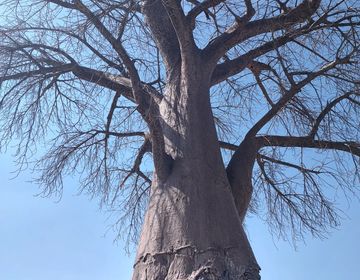
A Baobab that rose from the Okavango Delta
There are some things that are iconic to the continent of Africa- the big five, delicious food and the majestic Baobab tree. The Baobab is known as the tree of... keep reading
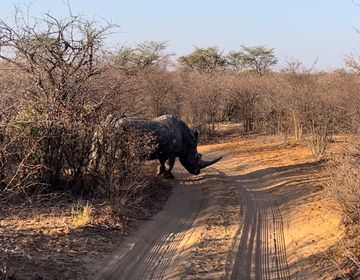
Khama Rhino Sanctuary
The first stop on our journey to the northern part of Botswana was the Khama Rhino Sanctuary; established in 1992, the sanctuary is a “community based wildlife project” aimed at... keep reading
